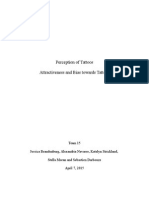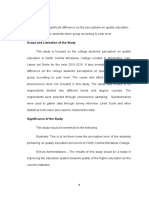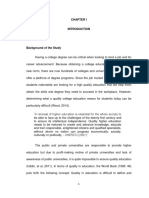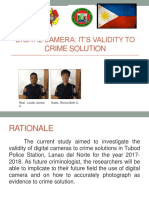0% found this document useful (0 votes)
120 views2 pagesTattoos: Perceptions and Workplace Impact
This document provides references for research articles related to tattoos and body piercings. The references examine topics such as the history of regulations for tattoo and body piercing shops, consumer perceptions of visible tattoos on service workers, the influence of tattoos on attitudes towards women, and perceptions of tattooed individuals in the workplace and in terms of attractiveness and personality traits. The references provide a sampling of research conducted on tattoos and piercings between 2005 and 2016.
Uploaded by
Jamie BagundolCopyright
© © All Rights Reserved
We take content rights seriously. If you suspect this is your content, claim it here.
Available Formats
Download as DOCX, PDF, TXT or read online on Scribd
0% found this document useful (0 votes)
120 views2 pagesTattoos: Perceptions and Workplace Impact
This document provides references for research articles related to tattoos and body piercings. The references examine topics such as the history of regulations for tattoo and body piercing shops, consumer perceptions of visible tattoos on service workers, the influence of tattoos on attitudes towards women, and perceptions of tattooed individuals in the workplace and in terms of attractiveness and personality traits. The references provide a sampling of research conducted on tattoos and piercings between 2005 and 2016.
Uploaded by
Jamie BagundolCopyright
© © All Rights Reserved
We take content rights seriously. If you suspect this is your content, claim it here.
Available Formats
Download as DOCX, PDF, TXT or read online on Scribd
/ 2

















































































